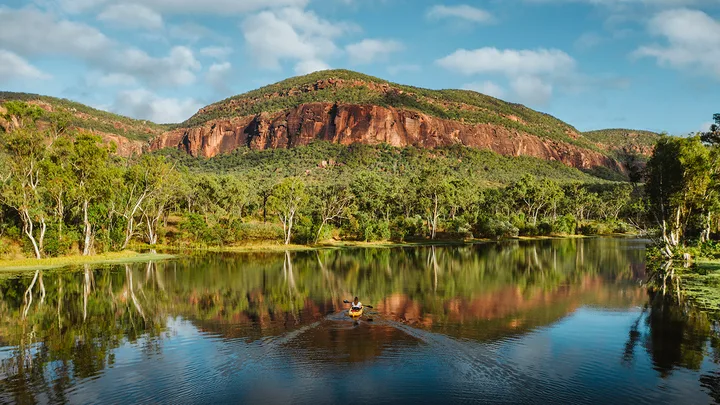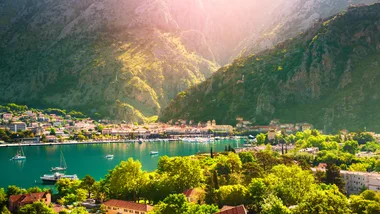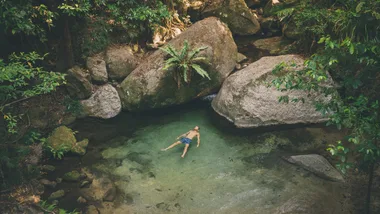I bought my first bird field guide recently, at 42, to the amusement of my husband. He wasn’t the only one tickled by it; friends and family guffawed at my new interest, too. When most people think of birdwatchers – or birders or twitchers, as they’re also known – they conjure images of elderly men in flak jackets and funny hats, hiding in the bushes with binoculars. But the stereotype is being dismantled as millennials and Gen Z flock to the pastime, spurred on by TikTok, where videos have amassed over 181 million views.
My interest in twitching began with travel writing. As I looked for ways to differentiate landscapes, I started noticing the birds and was quickly enchanted. I’m not the only one. Birdwatching trips contribute around $283 million to the Australian economy annually, according to Dr Rochelle Steven’s 2022 Bird and Nature Tourism In Australia report, and the hobby increased tenfold here during COVID lockdowns. If ever birding was having a moment, it’s now.
How I got hooked
I’ve scarcely arrived at my suite at Mt Mulligan Lodge in Far North Queensland when I catch a flash of metallic aqua feathers and a Blue-winged Kookaburra swoops onto the lawn to devour a worm. It’s one of many thrills to come.
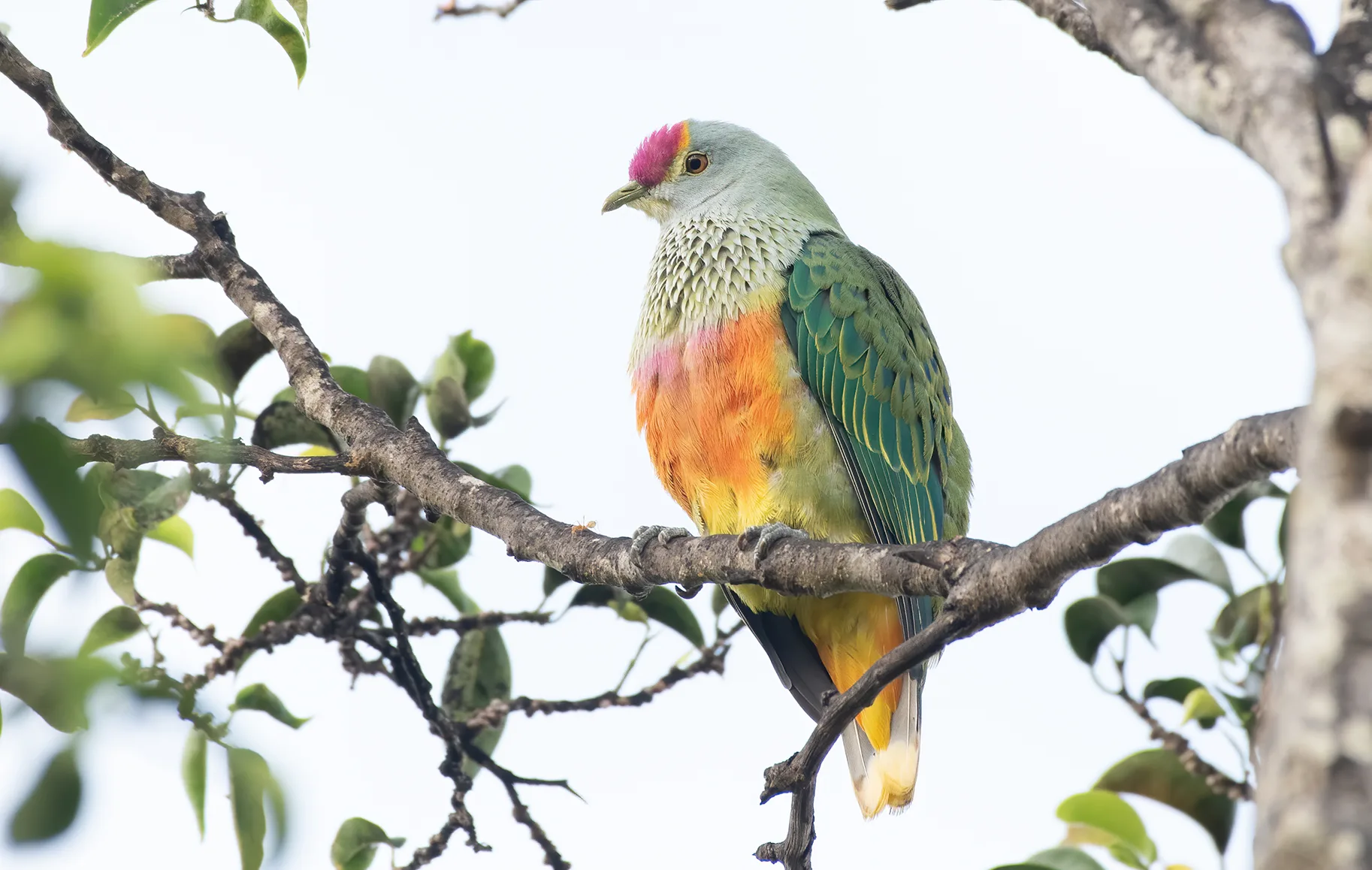
At sunrise, when birds are most active, guide Lydia Fletcher leads me on a three-hour tour of the property. It’s part of the lodge’s new birdwatching package, which includes a helicopter transfer from Cairns Airport and a full-day 4WD tour. We navigate dirt roads past eucalyptus trees to Lake Geraldine, spying Black Kites, Rainbow Bee-eaters, Squatter Pigeons and Australasian Grebes. Lydia shrieks with delight when she spots her first White-throated Honeyeater.
Over drinks, talk naturally turns to birds and a gorgeous thirty-something couple surprises me. “Don’t get him started on birds,” she warns, before he reveals how the pastime crept up on him. “It’s like Pokémon,” he laughs. “You want to catch them all!” But birding is more than the thrill of the chase; it encourages us to spend time in nature, cut unnecessary chatter, be still and embrace the moment.
When James Boettcher from FNQ Nature Tours collects me from the lodge for a birdwatching tour that doubles as my airport transfer, he counts 27 species in the trees by the infinity pool. “That’s incredible,” he enthuses. James tailors his tours to suit his guests. We pull over along the highway to peer at Apostlebirds and Nankeen Kestrels, and stop at Curtain Fig National Park for Lewin’s Honeyeaters. But I like the tiny colourful ones. James has just the bird, he says, as we deviate onto a laneway between two farms. Suddenly, the vivid red plumage of the endemic Red-backed Fairywren darts in front of the 4WD. Sign me up for the flak jacket and binoculars, I’m all in.
Australia’s best birding
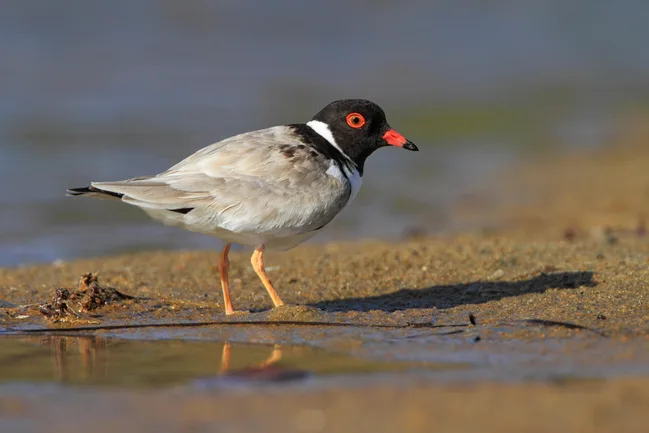
Eyre Peninsula, SA
Award-winning photographer Fran Solly leads photography tours with Australian Coastal Safaris. The Eyre Peninsula’s 270 or so species include migratory birds like Red-necked Stints (October-April), along with residents such as the Hooded Plover (above). See australiancoastalsafaris.com.au
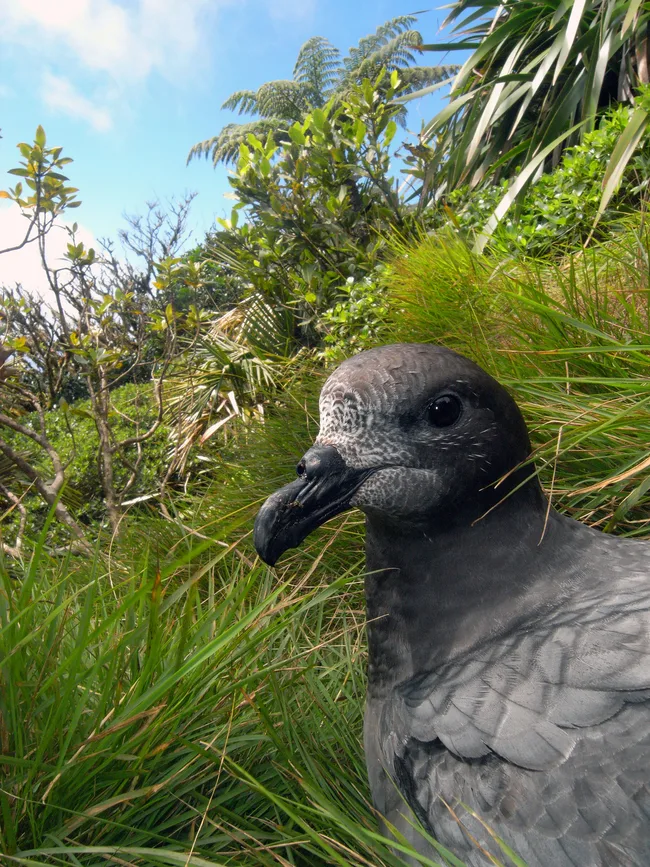
Lord Howe Island, NSW
It’s home to around 130 permanent and migratory species, including the flightless Lord Howe Woodhen (saved from extinction by locals), Providence Petrels (above; one of the world’s rarest birds), Red-tailed Tropicbirds (which court in midair), Sooty Terns and Masked Boobies. See lordhoweisland.info
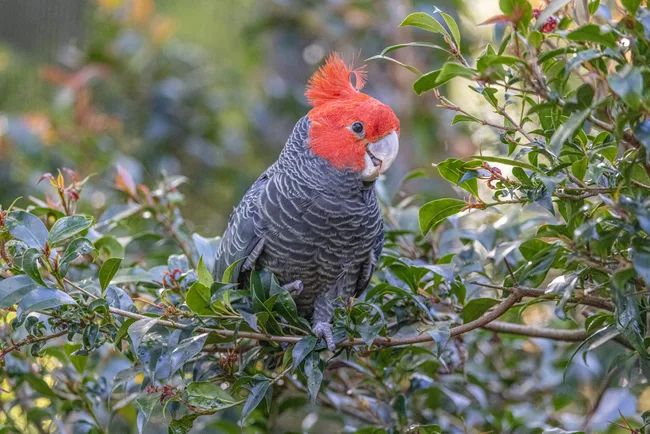
East Gippsland, VIC
Hear Australia’s largest owl, the Powerful Owl, and spot them in their daytime roosts with guide Martin Maderthaner on a four-day trip. On his spring and summer tours you can see Black-faced Monarchs, Gang-gang Cockatoos (above) and Glossy Black Cockatoos. See australianwildlifejourneys.com
